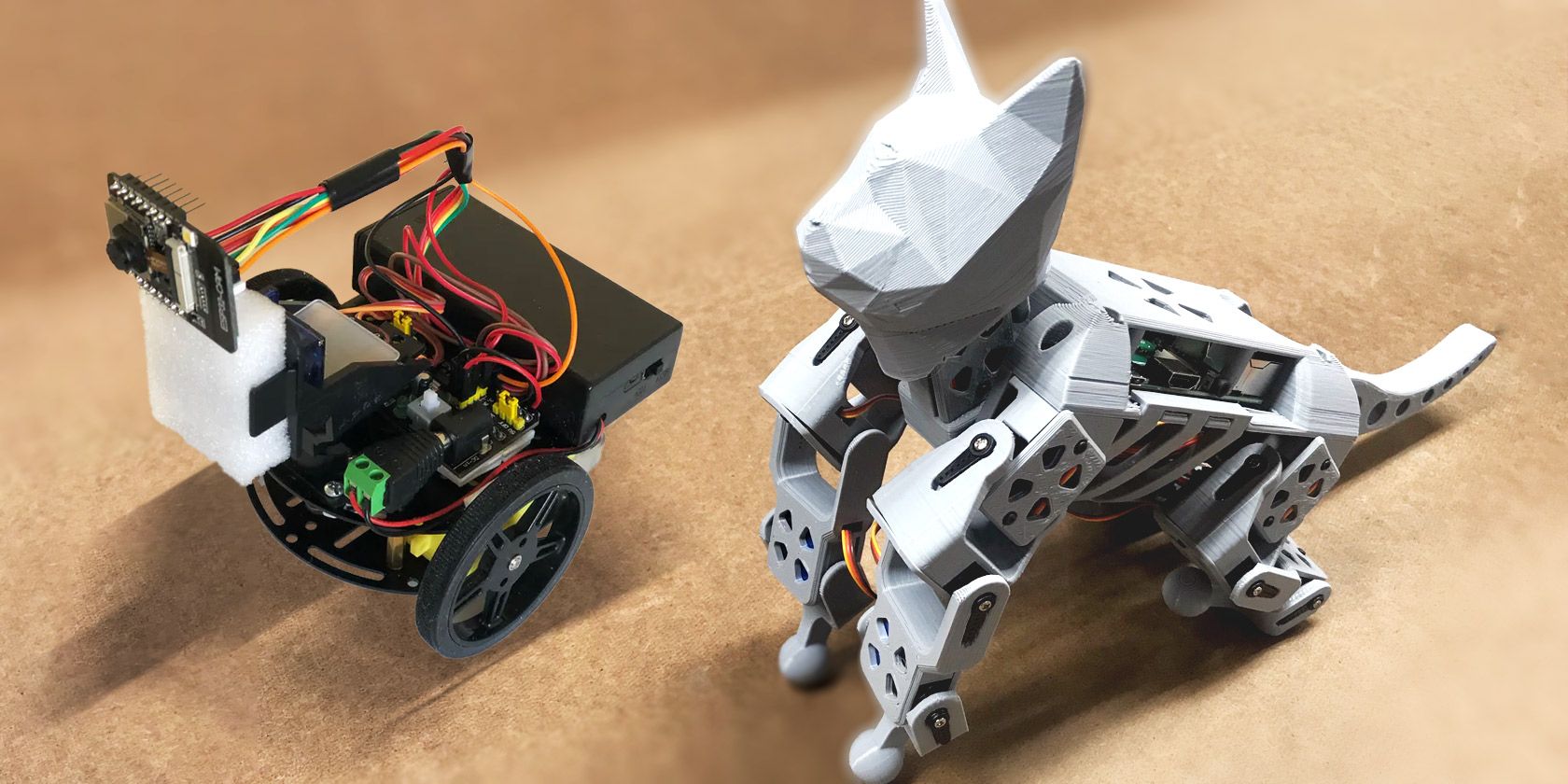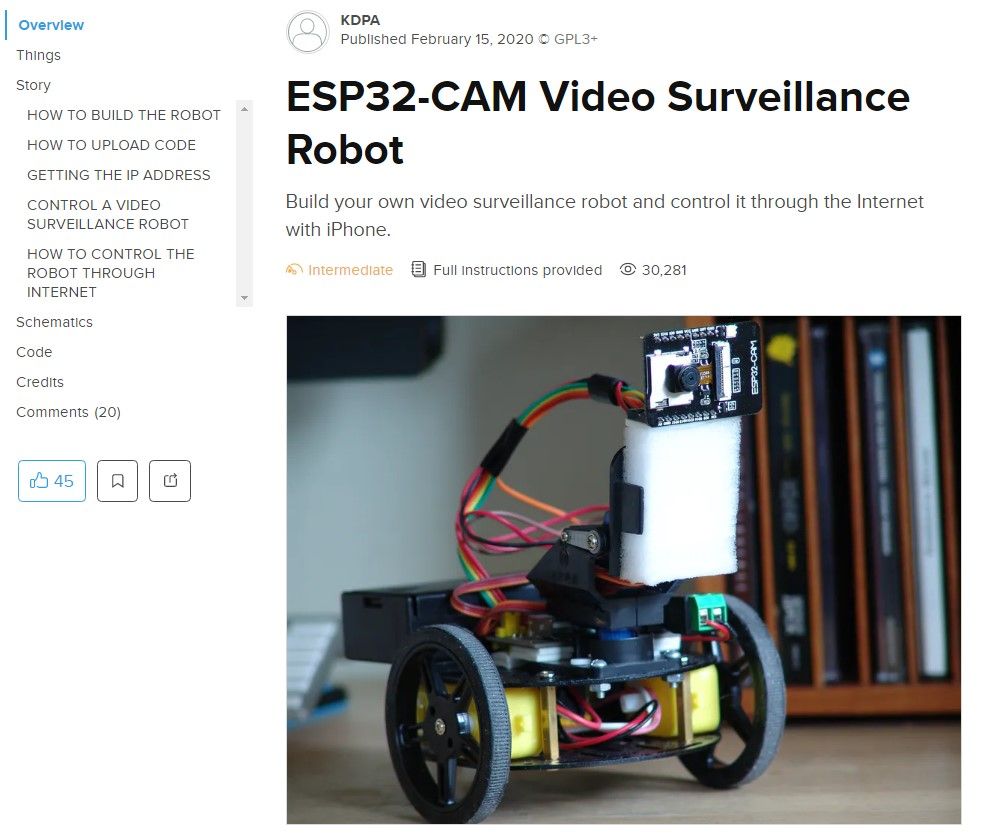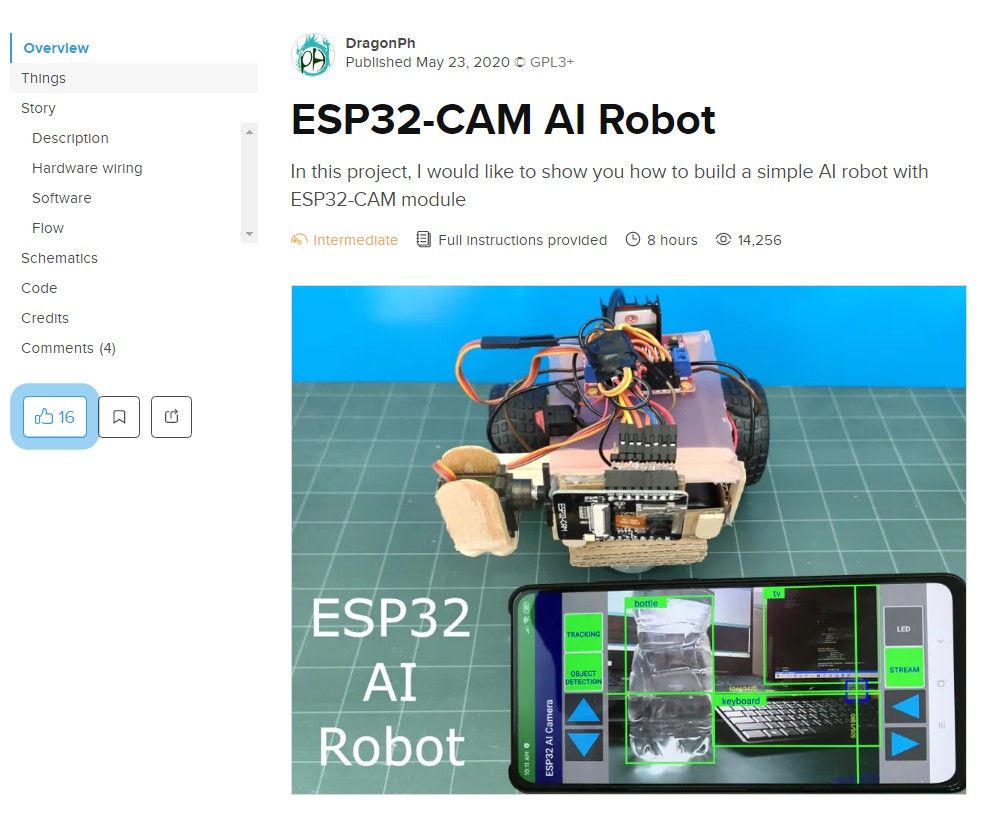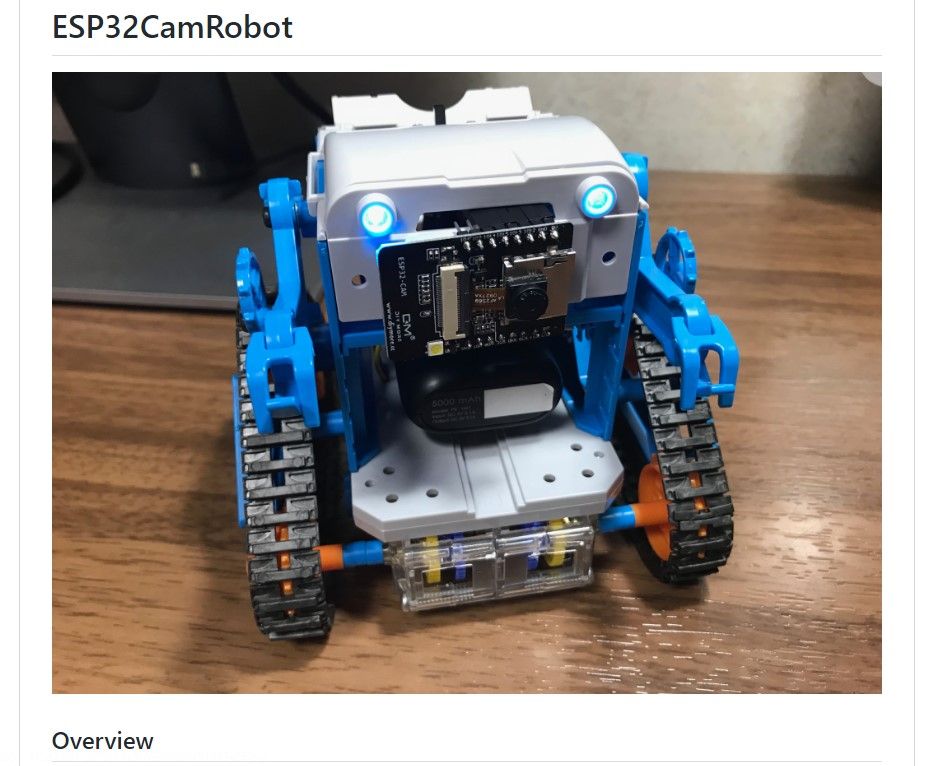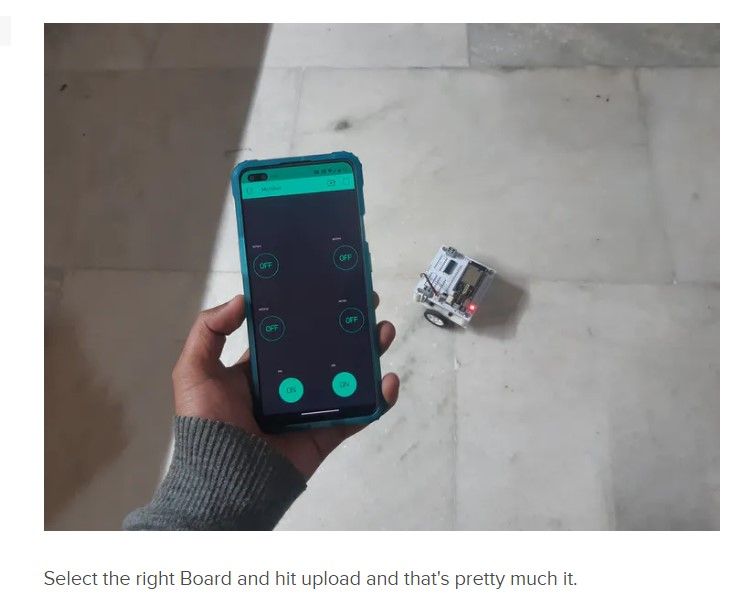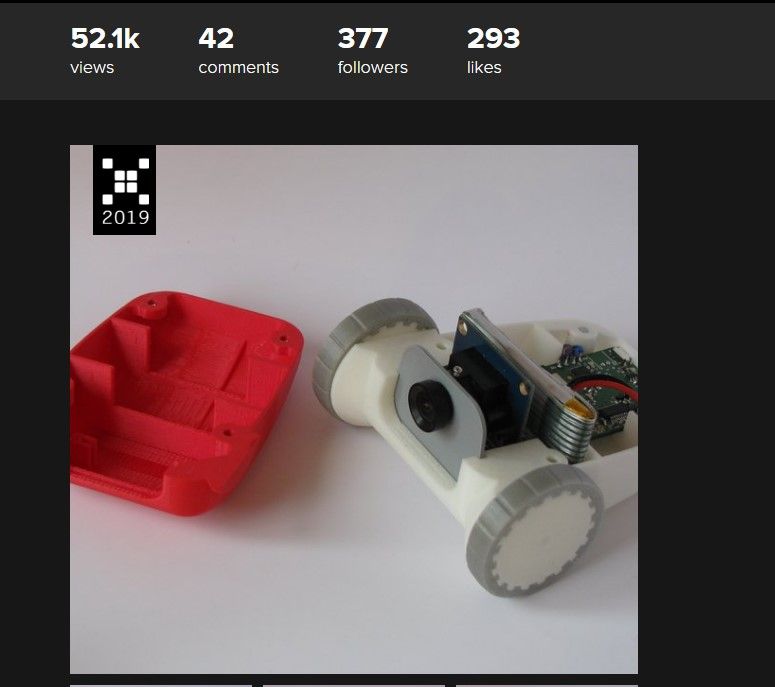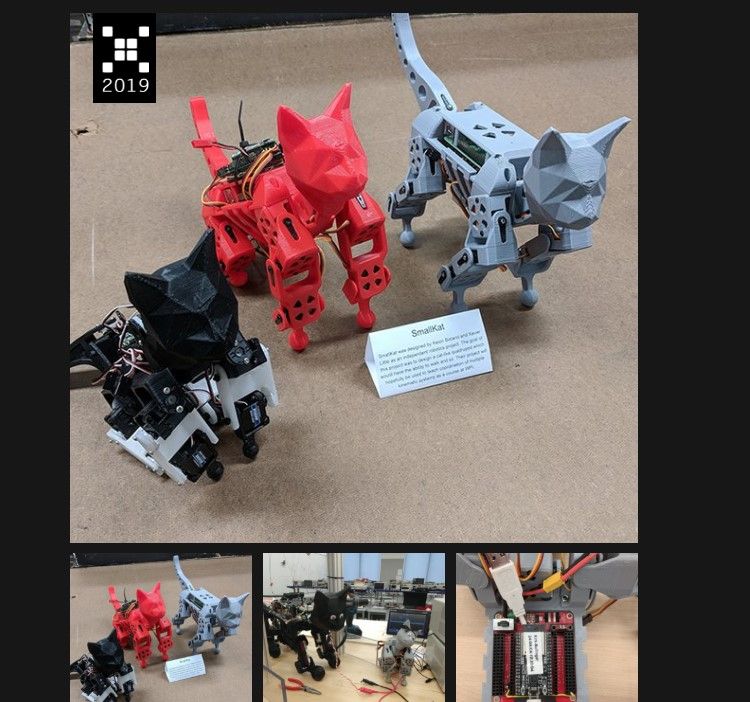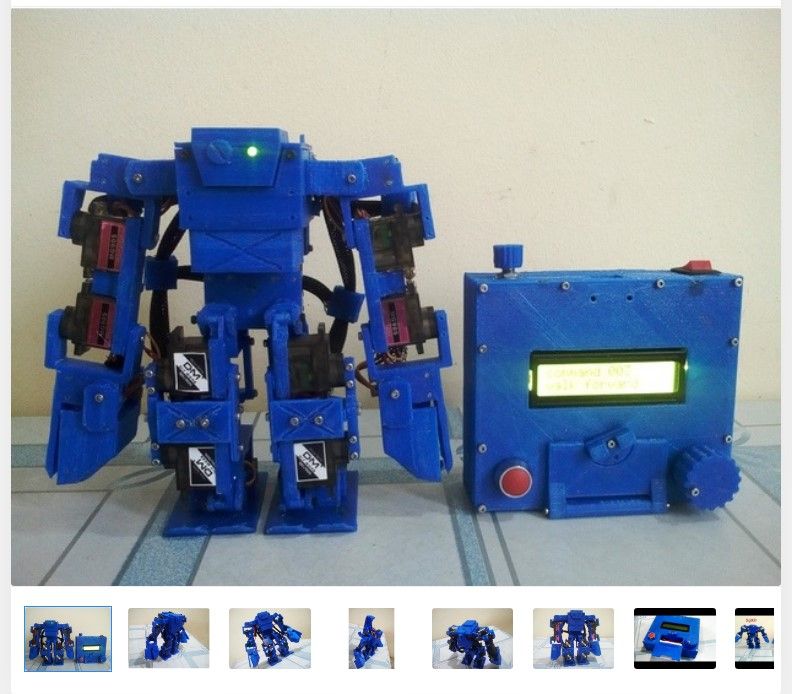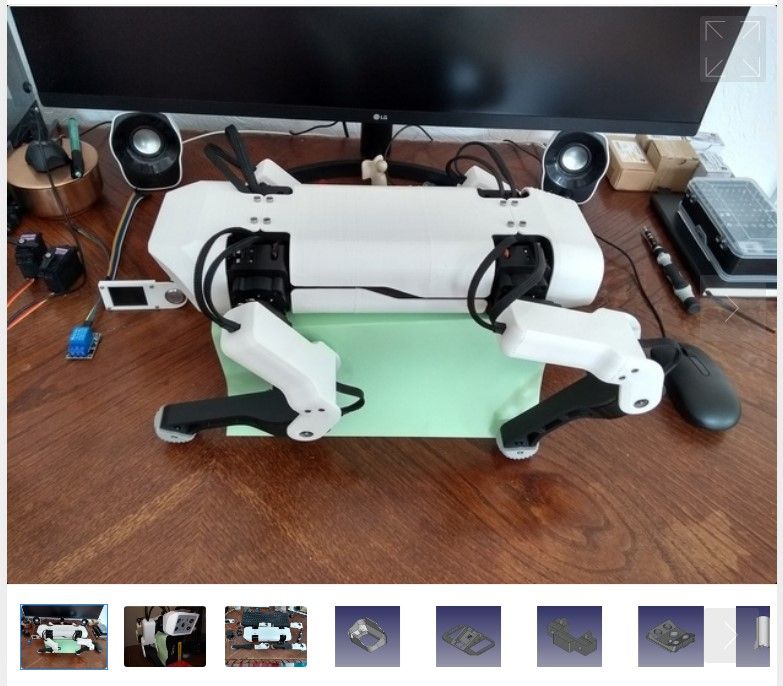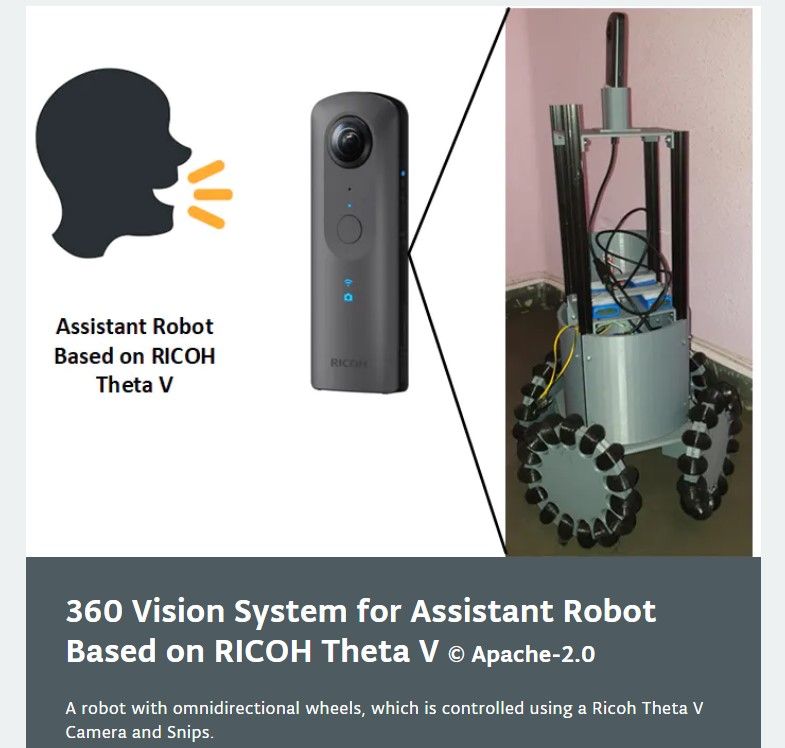A robot is a programmable machine that can assist or replace human efforts. For example, they can reach hard-to-reach places or be found in industrial applications. Makers usually start with robotics, microcontrollers such as those found on an Arduino development board, or the ESP32.
What sets the ESP32 apart from many Arduino boards is its built-in Bluetooth support, dual 240 MHz cores as well as wireless connectivity. In this article, we’ll take a look at some of the most impressive robots made with an ESP32.
1. ESP32-CAM Video Surveillance Robot
This is a surveillance robot made with an ESP32-CAM development board, which comes with an onboard camera. Surveillance robots can already be found in public and at the home, and sometimes even in hazardous environments. For a fraction of the cost, you could build your own with an ESP32-CAM. You will be able to see the live view of its camera or control this robot with a mobile phone or through the internet.
2. ESP32-CAM AI Robot
The ESP32-CAM board can also be used for artificial intelligence (AI) applications as found in this robot. It has low power consumption and low latency video streaming capabilities, where the video is streamed directly to an Android device.
Through the use of the Android device, it completes computer vision processing like object detection and lane detection. Commands can also be sent to it to run autonomously if certain conditions are met.
3. ESP32 Tamiya CamRobot
As its name suggests, this is a robot that incorporates an ESP32 with a Tamiya CamRobot. It has blue LEDs, an L9110S H-bridge motor driver module as its motor controller, and is powered by a 5000mAh battery. Its web UI controller provides a Wi-Fi access point as well as a fixed IP address through ESP32 SoftAP Mode. Using it, the robot can be controlled to move forward, backward, stop, and turn right and left. It can also flash its LED on and off.
4. MicroBot V1 ESP32 Robot
While this isn’t a microrobot as in a microscopic robot, this tiny robot is small enough to fit in nooks and crannies that would otherwise prove tedious for humans. The MicroBot was built with an ESP32 and Wemos D32 Pro. It can be spun around with the Blynk app on a mobile phone, and the maker notes that the motors are powered with a 12V battery.
However, since the ESP32 does not have a buck converter circuit, they have added an AMS1117 to step down the voltage from 12V to 3.3V to be compatible with the ESP32.
5. ESP32 WiFi Robot
This is the mini version of the popular ZeroBot, but instead of a Raspberry Pi, it houses an ESP32. It is powered with a little LiPo battery which adds to its small form factor. The maker notes that it has lower processing power in comparison, but still packs a ton of features. It is capable of streaming color video over Wi-Fi and is controllable from any web browser.
6. SmallKat Robotic Cat
It’s a quadruped robot in the form of a cat with 16 degrees of freedom (DOF). What’s more, it is completely open-source and utilizes commonly used components such as hobby servos. While the goal of the project was to provide a dynamics-oriented quadruped for education and research, makers and other tech enthusiasts can follow along with the provided lecture slides, tutorials, and lab procedures.
7. Self-Balancing Robot
This two-wheeled self-balancing robot was created with an ESP32 and basic hardware such as an MPU-6050 accelerometer. It also has a 3D printed frame as well as a heap of DRV8825 stepper motor drivers. The frame itself carries a pair of stepper motors. A stripboard acts as a carrier board for the MPU6050 accelerometer and stepper motor drivers.
According to the maker, it has defied all odds of being toppled over. The maker has also provided the software including a PID control loop. These motors of the robot are triggered by the PID control loop which relies on data from an inertial measurement unit (IMU).
8. Humanoid Robot
A humanoid robot is capable of bipedal motion and is built to aesthetically represent humans. This is a humanoid robot that has been completely 3D printed. At its heart is the ESP32. Other parts include a 450mAh Lipo battery, a JST plug, voltage regulator, micro switch, and PETG filament.
9. SpotMicroESP32
Spot is a compact, nimble, four-legged robotic dog by Boston Dynamics. For a fraction of the cost, you could build your own mini Spot with an ESP32 Dev C Kit. The kit is equipped with an ESP32-S3 development board, 8MB Flash and 2MB PSRAM.
According to the maker, there is software made by the community, a walking gait implementation, and voice commands. There is also an app to control the robot with a smartphone via Bluetooth, made with Cordova.
10. 360 Vision System for Assistant Robot
Assistive robots are capable of processing sensory information as well as supporting humans with tasks. One example can be found in healthcare where they are used to care for the elderly or vulnerable. This particular robot helps to do just that, and it even has 360-degree vision to monitor well-being since it is able to detect faces and identify emotions as well as identify if somebody has fallen. Since it has the ability to view from all angles, it's particularly useful for detecting if a person has fallen. This key feature makes it ideal as an assistive robot.
Which Robotics Project Will You Make?
In this article, we have looked at a couple of robotics projects made with an ESP32. Many of these projects include motors and inertial measurement units, but all include the ESP32 development board. Before diving into any of these robotics projects, you may want to have a read of the Espressif documentation on using servos, various sensors, security, and encryption solutions.

